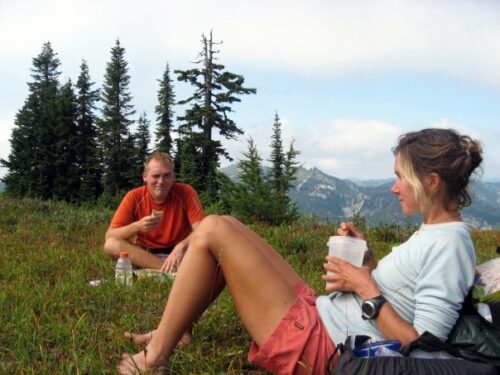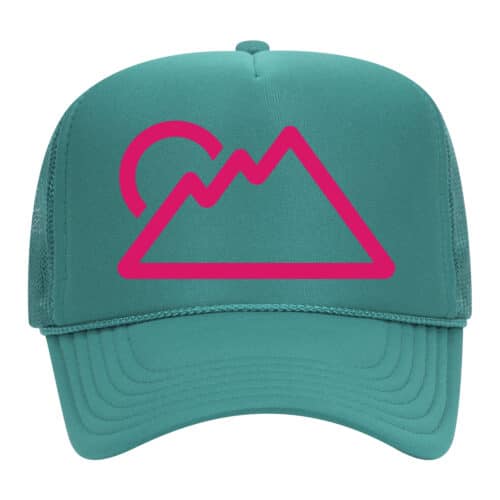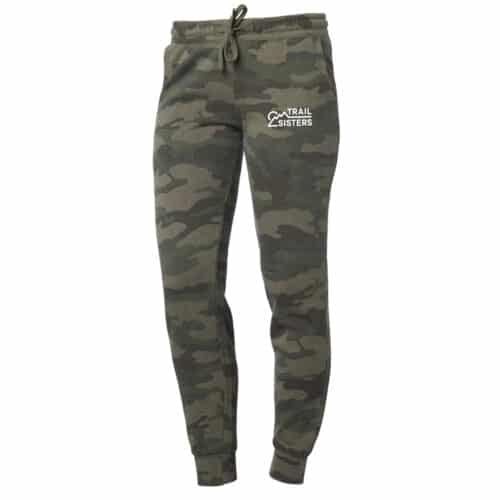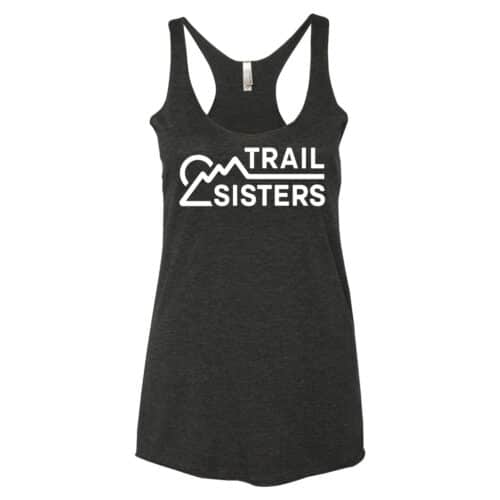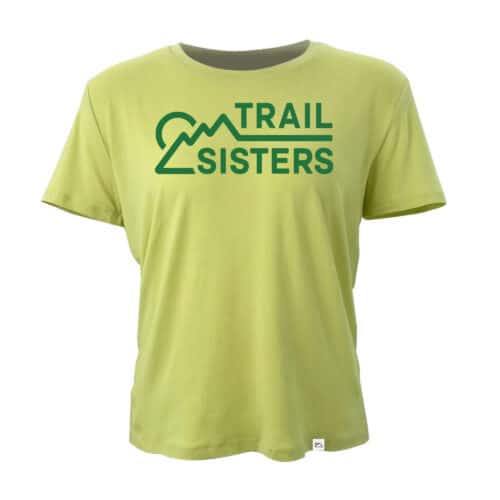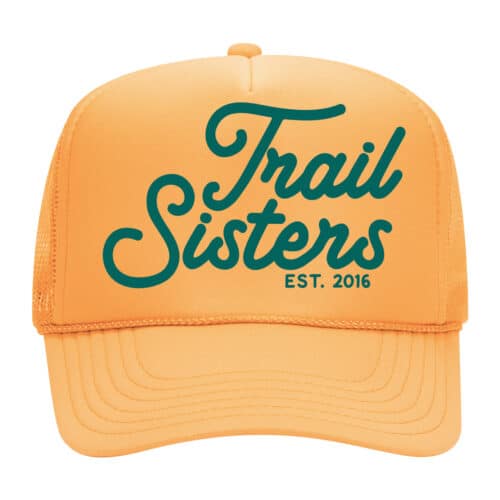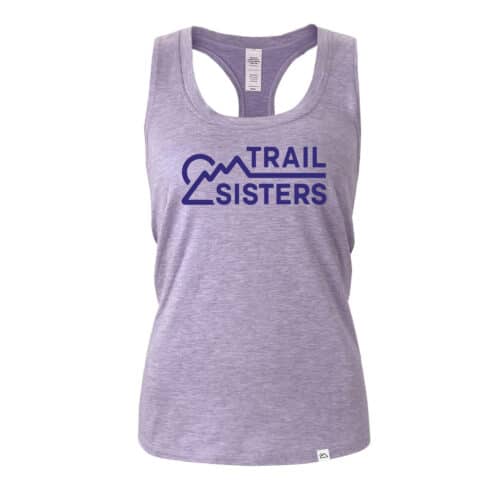Main Menu

Heather Anderson is a National Geographic Adventurer of the Year, three-time Triple Crown thru-hiker, and professional speaker whose mission is to inspire others to “Dream Big, Be Courageous.” She is also the author of two hiking memoirs Thirst: 2600 Miles to Home and Mud, Rocks, Blazes: Letting Go on the Appalachian Trail and a preparatory guide to long-distance hiking Adventure Ready. Find her on Instagram @_WordsFromTheWild_ or her website wordsfromthewild.net
Share This Article!
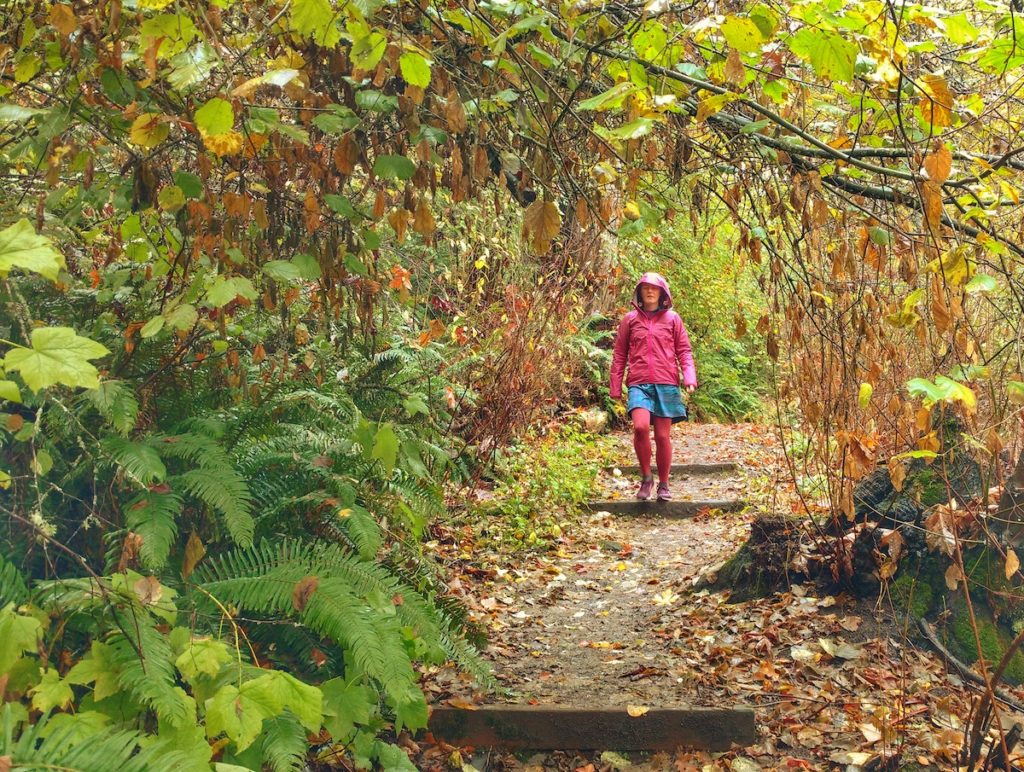

By: Heather Anderson
I love autumn. The crisp air and beautiful colors. The mellow angle of sunlight. No longer running in clothes drenched in sweat from humidity season.
The thing I don’t like? The waning daylight. As we pass from early autumn into the period after Daylight Savings (in most of the US) and move full steam ahead toward the solstice, our post- and pre-work runs can turn into pitch dark adventures. Below are some tips to keep you safe and motivated to keep hitting the trails year-round.
See. Obviously, we humans don’t see in the dark without some help. Headlamp(s) are going to be your best friend for dark runs and hikes. The simplest and most popular option is to wear one headlamp on your head. However, there are a few other options and ideas for you to experiment with. Some people get really dizzy with the bright light bobbing right in front of their eyes (one reason a headlamp is better than a flashlight, which inevitably sways with your arm swing). So, if a headlamp centered on the forehead isn’t working for you, try a waist lamp. Several companies make waistbelt headlamp systems, or you can use your head-mounted one by wearing it around your waist or affixing it to a hip belt of a pack. My go-to option for long night adventures is to wear one on my head that’s a wider beam and a brighter, more spot focused one around my waist. This really helps with depth perception.
Be Seen. If you’re out on the trails you may not be that worried about this, but if your route crosses roads or you’re sticking to urban greenways or streets, you want to make sure that vehicles and cyclists can see you with their lights. The easiest way to do this is to wear clothing and/or packs that have reflective pieces built in both front and back. If you don’t have reflective wear, you can purchase reflective tape for this purpose (often available at bike shops) and add tabs to your night running wear.
Choose Familiar Routes. Especially if you’re new to running or hiking in the dark, you want to stick to trails you know. The darkness can be very disorienting so it’s good to be on familiar ground.
Less Technical Routes. Along these same lines, if you are branching out, stay away from technical trails. The possibility of injury is much higher on these, even in daylight. The darkness only amplifies the risk.
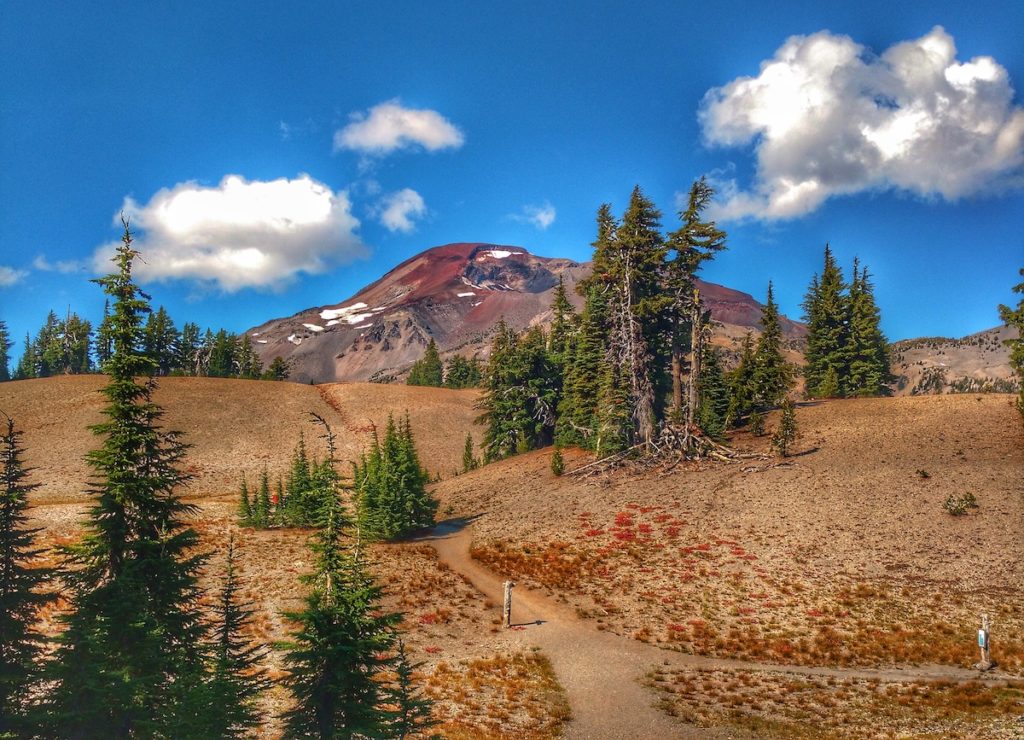
Extra Time. No matter how long you’ve been adventuring in the darkness, you’ll always move slower than in the daylight. However, there’s a phenomenon of your senses that tells you you’re moving just as fast…or faster! Don’t be surprised if your minutes/mile drop dramatically at first. Plan for your outings to take longer than normal and carry extra snacks.
Layers and 10 Essentials. Along with the extra snacks, bring some extra layers and the 10 Essentials (Read what they are here). Adventuring in the dark is inherently riskier than daytime, so your chance of injury is higher. It’s also likely to get colder as your run or hike goes on, so having adequate clothing to keep you warm and dry is crucial. As the Boy Scouts say, “Be Prepared!”
Stay Found. The darkness can be disorienting, even on familiar trails. Part of the 10 Essentials is navigational devices. I recommend using a GPS based system for adventures in the dark. First of all, much of a map and compass rely on visual cues. Second, GPS is much more accurate which is important if you’re floundering around in the dark! Most phone-based apps are adequate (such as Gaia GPS), especially if you’re sticking to those familiar trails mentioned above.
Animals. While animals are not necessarily more of a risk for dark hour adventures, you may encounter different ones than you’re used to. Crepuscular and nocturnal species may be out much earlier (they don’t punch a time clock!) than they are at other times of the year. Know what animals you are likely to run into and plan accordingly. Also, don’t forget the birds. Every year around the time change I know many runners who have serious altercations with owls!
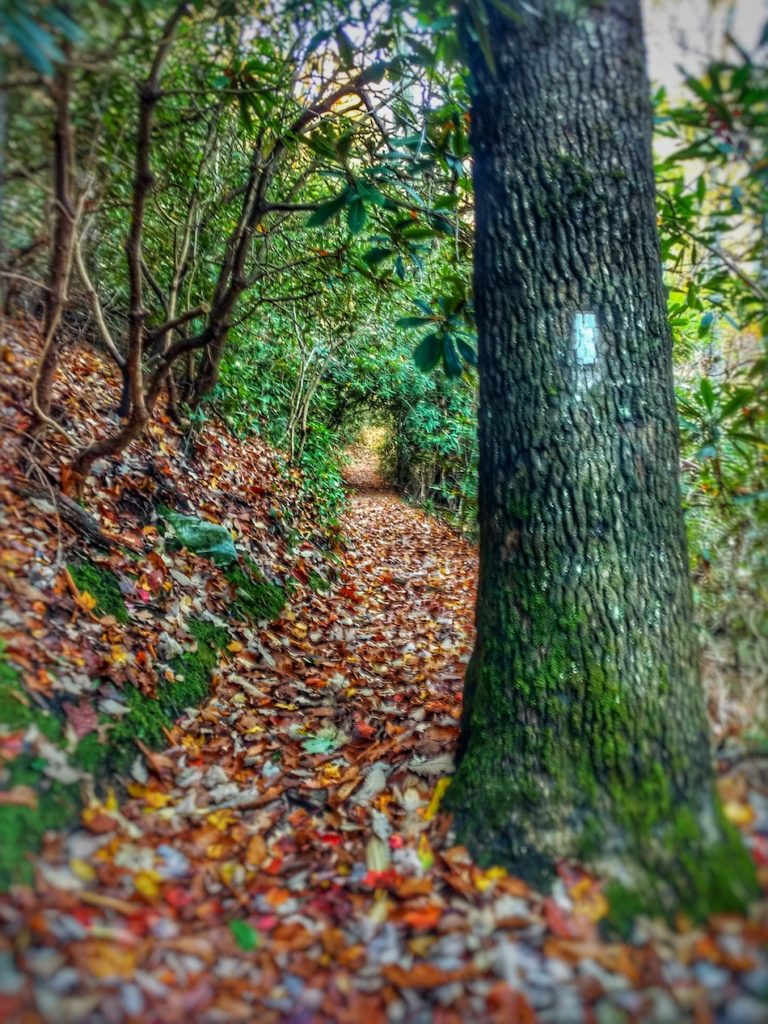
Specialty Gear. Along with the long nights comes winter weather. Consider investing in some lightweight removable traction devices for your shoes. These will go a long way toward making you more stable when the snow and ice hit. Also, consider using poles if you don’t already. There are many brands and types out there, some of which weigh only a few ounces and fold down to fit easily into a pack. Even if the weather is good, poles can dramatically increase your stability which helps off-set the depth perception challenges of moving on the trail in the dark.
Phone a Friend. This last tip is an important one year-round, but perhaps more so when you’re out in the dark. Leave a detailed itinerary with someone at home, a good friend, or a relative. Make sure they know when you’re supposed to be back and text or call them promptly when you finish your outing. As we’ve mentioned, there is more risk of injury and associated complications (hypothermia, etc.) when you’re out at night. Make sure your contact person knows who to call if you don’t return on time and cannot be reached.
About the Author

Heather Anderson is a National Geographic Adventurer of the Year, three-time Triple Crown thru-hiker, and professional speaker whose mission is to inspire others to “Dream Big, Be Courageous.” She is also the author of two hiking memoirs Thirst: 2600 Miles to Home and Mud, Rocks, Blazes: Letting Go on the Appalachian Trail and a preparatory guide to long-distance hiking Adventure Ready. Find her on Instagram @_WordsFromTheWild_ or her website wordsfromthewild.net
Share This Article!


